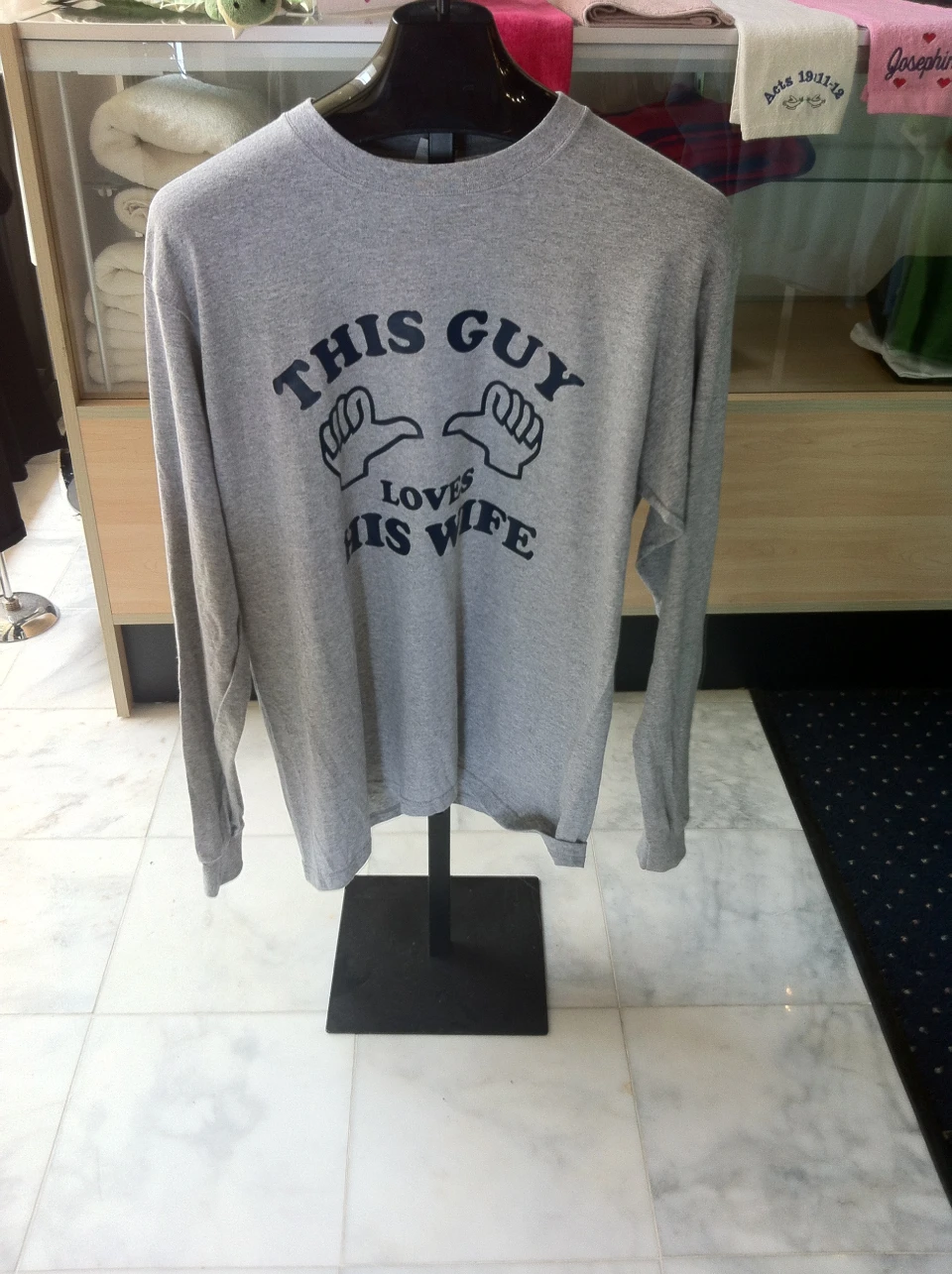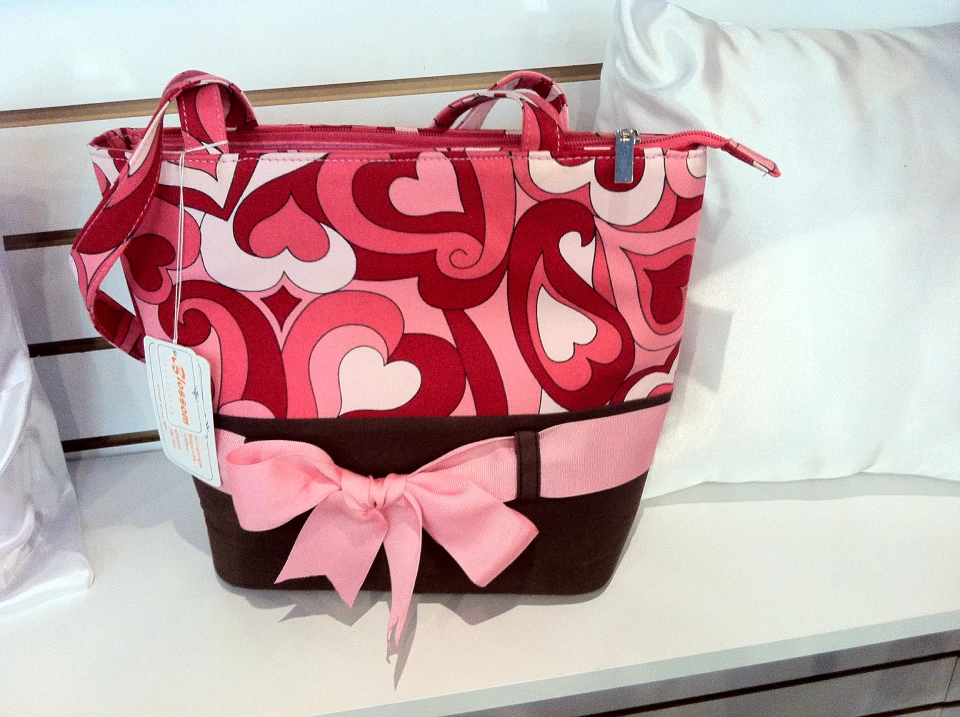Heat Transfer on T-Shirts and Aprons - Custom-made Layouts and Logo Designs
Heat Transfer on T-Shirts and Aprons - Custom-made Layouts and Logo Designs
Blog Article
The Art of Custom Embroidery: Opening the Secrets to Creating Special and Remarkable Layouts
The secrets to creating custom embroidery layouts that astound the eye and leave an enduring perception lie in a delicate equilibrium of strategy, creative thinking, and interest to detail. As we delve right into the globe of custom needlework, we reveal the nuanced interplay between string choice, sew complexity, and design customization that raises a simple garment to a work of art.
Selecting the Right Embroidery Threads
When selecting needlework strings, what essential variables should you think about to make certain the most effective results for your customized styles? The selection of embroidery string is crucial in figuring out the final end result of your embroidered style. Among the key considerations is the material of the string. Various products such as cotton, polyester, rayon, and silk offer differing degrees of sheen, toughness, and structure. It is necessary to select a thread material that complements the textile you are embroidering on and straightens with the wanted appearance of the design.
In addition, the weight or density of the string plays a significant role in the appearance of the needlework. Thicker strings can include dimension and structure to your style, while finer strings are optimal for complex information and little message. Furthermore, thinking about the shade fastness and washability of the string is important to ensure that your custom designs keep their top quality and vibrancy with time. By very carefully evaluating these factors and picking high-quality strings that fulfill your certain demands, you can enhance the aesthetic allure and durability of your embroidered creations.
Discovering Different Stitch Techniques
To dive into the realm of 'Exploring Various Stitch Methods', one must comprehend the complexities and subtleties that each sewing method offers the art of embroidery. Various stitch techniques not just add aesthetic interest yet also add to the overall texture and measurement of the design. One prominent stitch technique is the satin stitch, which includes closely jam-packed parallel stitches to develop a smooth and shiny surface area, ideal for filling out forms and producing vibrant outlines.
On the various other hand, the backstitch is a versatile method usually used for laying out and adding great details. It involves stitching in reverse to create a solid line of needlework. Additionally, the French knot stitch adds a tactile component to layouts, perfect for producing distinctive accents like blossom centers or decorative touches.
Checking out various stitch strategies allows embroiderers to play with light, shadow, and depth within their styles, boosting the aesthetic appeal and artistic high quality of their needlework tasks. By understanding various stitching methods, one can unlock unlimited opportunities for developing unique and unforgettable custom-made embroidery items.
Incorporating Personalized Design Elements
Having actually explored the details of different stitch strategies such as the satin stitch, backstitch, and French knot, the focus currently moves towards including personalized design components in personalized needlework projects. Personalized style aspects play a critical role in making needlework projects truly unique and remarkable.
Another way to integrate customized layout elements is by including icons or concepts that hold special significance to the recipient or show their interests and personality. Incorporating a favored blossom, animal, or hobby-related icon can make the needlework design a lot more meaningful and tailored. Furthermore, selecting colors that resonate with the recipient or align with the intended style can further boost the customization of the embroidery task.
Understanding the Art of Shade Coordination

One key element of shade sychronisation is comprehending shade concept. This includes knowing how different shades connect with each other, the feelings they communicate, and exactly how they can be combined to produce aesthetically enticing designs. By applying shade concept principles, embroiderers can my blog produce unified color schemes that enhance the general appearance of the layout.
In addition, paying focus to contrast is critical in color sychronisation. Utilizing contrasting shades can help specific aspects of the style pop, improve legibility, and produce a visually vibrant needlework item. By understanding the art of shade coordination, embroiderers can raise their styles and produce memorable pieces that reverberate with customers and audiences alike.
Enhancing Appearance With Advanced Needlework Stitches

French knots, for instance, are ideal for adding small, raised dots to your design, imitating the appearance of beads or creating a textured surface area. Bullion knots, on the various other hand, can be made use of to create twisted, ropelike components that include a glamorous feel to the embroidery. Seed stitching involves little, scattered stitches that can fill article in locations with a polychromatic structure, while turkey work produces cosy, dimensional accents evocative pet fur or foliage. Trying out these advanced needlework stitches enables you to push the boundaries of traditional embroidery and create genuinely special and visually enticing appearances in your styles.
Final Thought
To conclude, the art of customized embroidery entails a combination of choosing the ideal threads, checking out numerous stitch techniques, including individualized design components, understanding shade sychronisation, and boosting texture with sophisticated stitches. By understanding and carrying out these crucial aspects, embroiderers can develop unique and unforgettable designs that display their creativity a fantastic read and skill. Embroidery lovers can open the secrets to creating beautiful and custom pieces that stand apart and leave an enduring impact.
Report this page